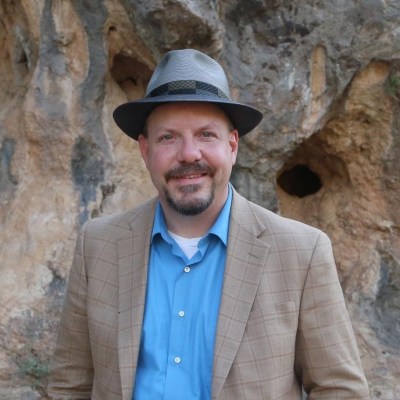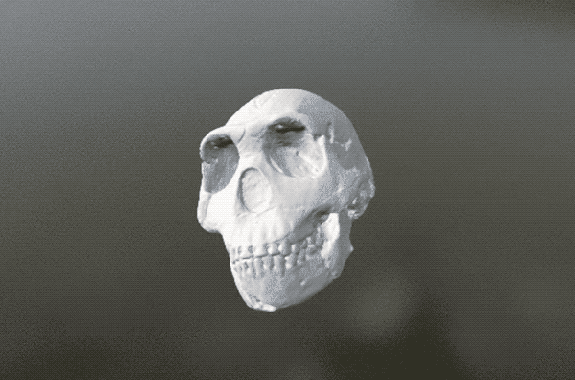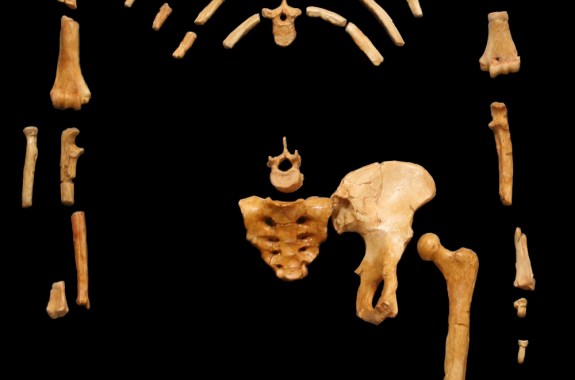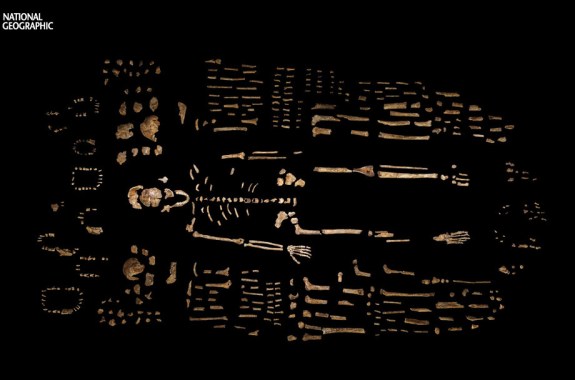

I’m an anthropologist, and I study the bones and genes of ancient humans. I’ve worked on almost every part of our evolutionary story, from the very origin of our lineage among the apes up to the last 10,000 years of our history.
My work has taken me to Africa, Asia, and Europe, where I have measured thousands of bones and investigated dozens of archaeological sites. In my lab, we use bioinformatics methods to work with whole genome sequences from thousands of living people (and a few ancient ones). We’re interested in uncovering the patterns of relationships that connect people, and the subtle changes by which we adapted to ancient environments. I’m an expert in population dynamics and the process of natural selection on both genes and morphological traits. I’ve used my work in genetics and skeletal biology to form rich collaborations with colleagues in a dozen countries.
I’m passionate about the potential of technology to transform science into a more open and public enterprise. I am building and pioneering new open science projects in human evolution. My most recent fieldwork as part of the Rising Star Expedition has shown the potential of open science approaches during paleoanthropological fieldwork. In 2013 we recovered more than 1200 hominin specimens from the Rising Star cave system in the Cradle of Humankind, South Africa, in an expedition led by Lee Berger of the University of the Witwatersrand. In May 2014, we convened a workshop of early career scientists to carry out the first description and analysis of the fossils. With more than 30 early career scientists from 15 countries, we had an exciting time opening this exceptional sample in the new vault at the University of the Witwatersrand. We are now preparing our research for publication.
Anthropologists Have A Bone To Pick With New Skull Finding
A reconstruction of an ancient skull suggests that humans could have evolved half a million years earlier than thought. Not so fast, some say.
25:55
Ancient Homo Naledi May Have Walked Alongside Early Humans
New 3D models of Homo naledi fossils help researchers better understand the human family tree.
16:42
Lucy’s Bones
How anthropologists peer inside scarce, ancient fossil bones to find clues about our evolutionary history.
29:53
Meet Homo Naledi, Another Long-Lost Relative
Deep in a South African cave, in the so-called “dark zone” where no light penetrates, paleoanthropologists have made an extraordinary find: more than 1,500 bones, from at least 15 hominin individuals.
22:49
Modern Humans Still Evolving, and Faster Than Ever
Recent evolution has given humans the ability to break down starch and digest cheese. Bon appetit!
36:13
Preserving Science News in an Online World
Experts discuss how the internet impacts public perception of science.




